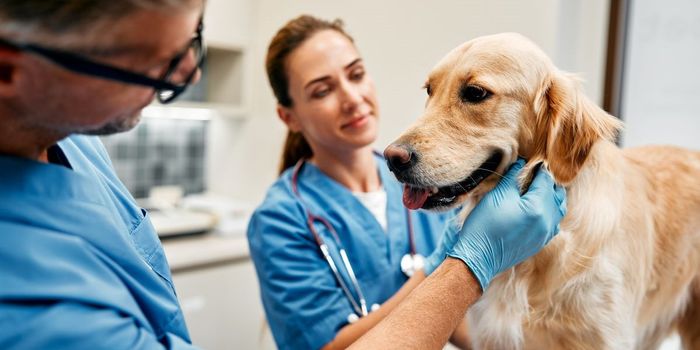Antibiotic resistant bacteria are becoming more common, and researchers have now discovered minute levels of resistant microbes in air samples taken in Beijing. The resistance genes in the bacteria they detected are effective enough to elude the strongest antibiotics that are used to combat infections.
The study was published in the journal Microbiome.
“This may be a more important means of transmission than previously thought,” commented the senior author of the work, Joakim Larsson, a Professor at Sahlgrenska Academy and Director of the Centre for Antibiotic Resistance Research at the University of Gothenburg.
Indeed, while this is a worrisome finding, it remains unclear whether the bacteria that were found by the researchers were even alive; if the microbes were dead then it’s not likely that they would pose a threat. However, Larsson suggested, "It is reasonable to believe that there is a mixture of live and dead bacteria, based on experience from other studies of air."
In this work the researchers assayed for genes that confer antibiotic resistance to bacteria. Those genes become dangerous once they have been picked up by a pathogen, which can procure new pieces of DNA when they are contained on mobile genetic elements (MGEs). For this report, scientists looked in 864 DNA samples taken from animals and humans in a variety of environments worldwide.
They observed low amounts of microbial diversity in animals and humans, and few mobile genetic elements. In external environments that had been sampled, much higher amounts of microbial strain diversity were found, and in some, so were high levels of MGEs. While soil and water samples had low levels of antibiotic resistance genes, the researchers saw the highest levels of antibiotic resistance genes in air samples from Beijing smog.
"We studied only a small number of air samples, so to generalize, we need to examine the air from more places. But the air samples we did analyze showed a wide mix of different resistance genes. Of particular concern is that we found a series of genes that provide resistance to carbapenems, a group of last resort antibiotics taken for infections caused by bacteria that are often very difficult to treat," said Larsson.
Next, the scientists plan to learn more about whether resistance spreads in the air, with a focus on sewage treatment plants in Europe. That research is a part of an international collaboration that has been funded by the Joint Programming Initiative on Antimicrobial Resistance (JPI-AMR).
"We're going to let treatment plant employees carry air samplers. We will also study their bacterial flora and flora of people who live very close and farther away, and see if there seems to be a connection to the treatment plants," said Larsson.
For an overview of how antibiotic resistance works, watch the video above.
Source:
Science Daily via
University of Gothenburg,
Microbiome









